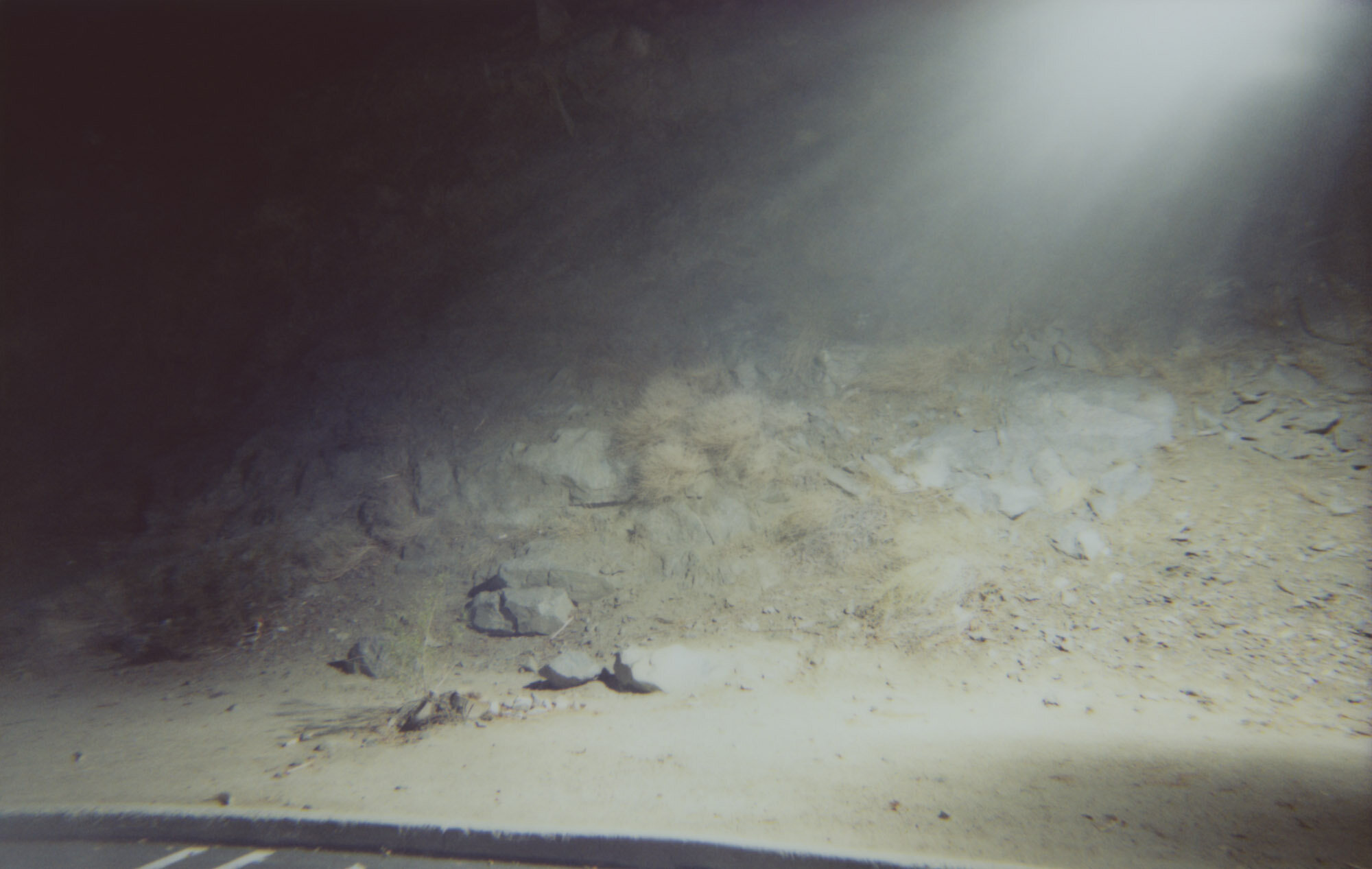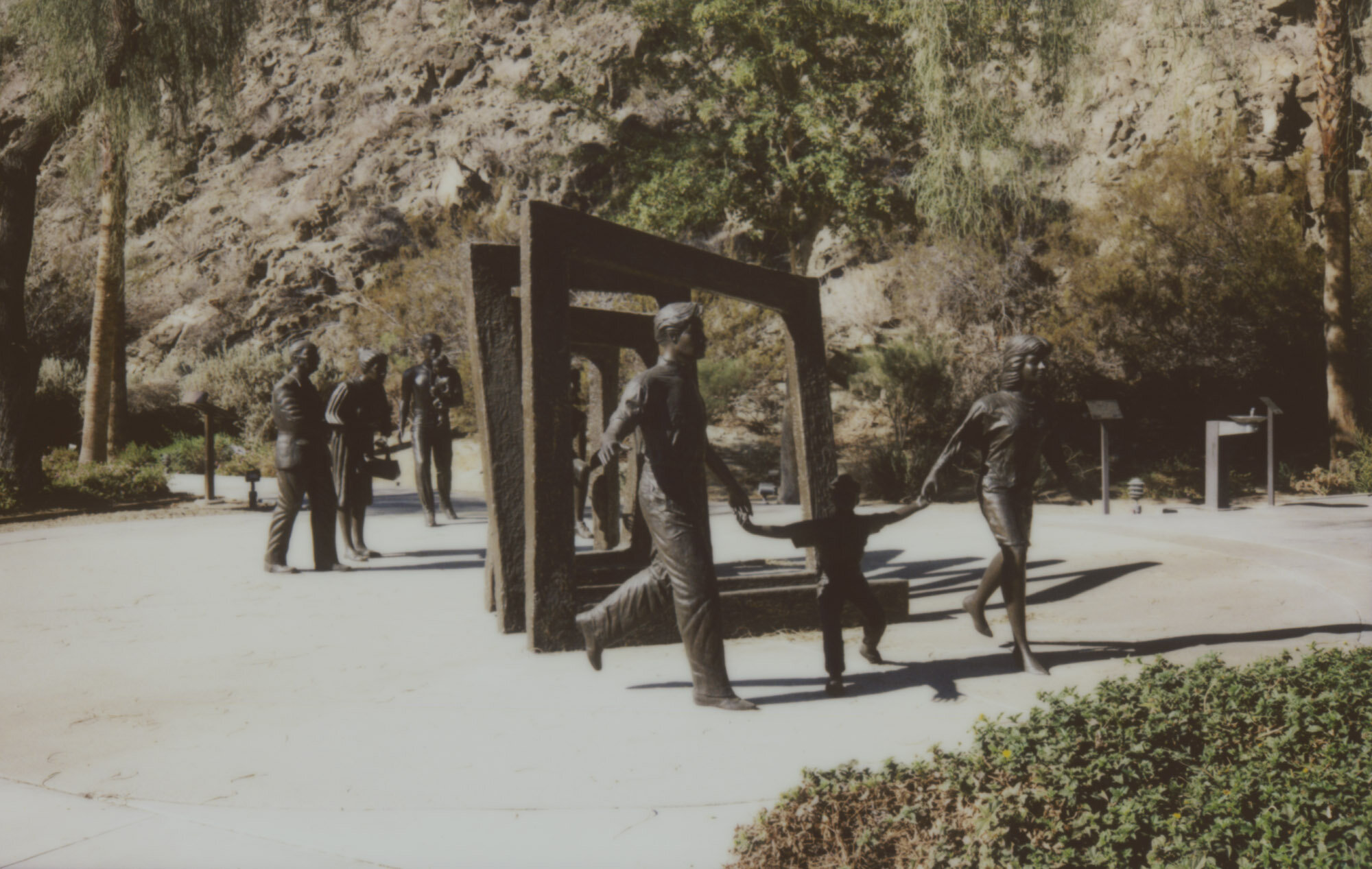We had scaled the three-thousand-foot mountain. Not to bury a capsule there at the peak, nor to raise the flag of the bold alpine climbers. After a few minutes, we began the descent. My companion followed me, bound, as is usual in these situations, by the same rope that ringed my waist. I figure we had descended exactly ninety-eight feet when one of my companion’s cleated boots glanced off a rock, causing him to lose his balance and somersault ahead of me. Since the rope wound between my legs, it jerked me hard, and to avoid being tossed over the edge, I had to twist around backwards. He, in turn, directed his fall to the spot I had just occupied. His decision was neither ridiculous nor absurd; on the contrary, he was responding to a profound understanding of those situations still unlisted in the manuals. The force of his movement caused a slight adjustment, and I suddenly saw my companion passing like a meteorite between my legs, and then the jolt from the rope—fastened, as I mentioned, to his back—turned me around into my original position of descent. He, undoubtedly obeying the same physical laws as I, and having traveled the distance permitted by the rope, was flipped over backwards, which naturally brought us face to face. We didn’t say a word, but both of us knew that the headlong fall was inevitable. And so it happened that, after an indefinite period of time, we began to fall. Because my sole concern was to avoid losing my eyes, I put all my effort into preserving them from the terrible effects of the fall. As for my companion, his only worry was that his beautiful beard—colored an admirable gray like gothic glass—reach the plain intact, not even slightly dusty. So, with utmost determination, I covered the bearded portion of his face with my hands; he, in turn, placed his hands over my eyes. Our velocity was increasing by the second, as is required in these cases of bodies falling through space. Suddenly, I looked through the slight spaces between his fingers and saw a sharp rock raze the top of his head. Suddenly, I had to turn my own head to confirm that my legs had been separated from my torso by a rock, possibly of calcareous origin, whose serrated edge severed anything that came against it with the perfection of a saw used in the construction of ocean liners. With some effort, it is only fair to admit, we were saving my companion, his beautiful beard, and me, my eyes. It is true that now and then—every fifty feet or so, as I calculate it—a part of our bodies would be separated from us. For example, during five such intervals, we lost my companion, his left ear, his right elbow, a leg (I don’t remember which), his testicles, and his nose; I, the upper part of my thorax, my spinal cord, my left eyebrow, my left ear, and my jugular vein. But this is nothing compared to what followed. A thousand feet above the plain, all we had left respectively was the following: my companion, his two hands (only to the carpal bones) and his beautiful gray beard; I, my two hands (also only to the carpus) and my eyes. A slight fear began to possess us. What if our hands were torn away by another boulder? We kept falling. Approximately ten feet above the plain, a pole left out by a worker capriciously caught the hands of my companion. Seeing my orphaned eyes left totally unprotected, I must confess with eternal, unforgettable shame, I withdrew my hands from his beautiful gray beard to protect my eyes from any impact. I was unable to cover them, for my hands were immediately caught in the same fashion by another pole pointing in a different direction from the aforementioned pole, at which point we were separated from each other for the first time during the entire descent. But I couldn’t complain; my eyes landed safe and sound on the grassy plain and could see, a little ways off, the beautiful gray beard of my companion, shining in all its glory.
1944









































